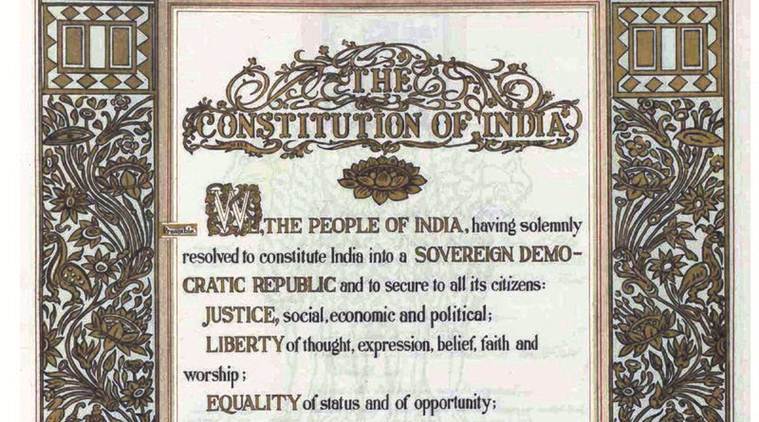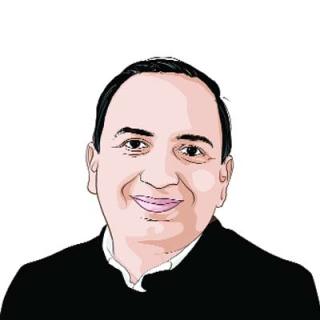A lover’s quarrel
Saving the Constitution is not about rescuing a text, it is about renewing a commitment to each other

It is an act of piety to think of our constitutional founding in grand terms. Does it mark a new beginning? Does it give India a new identity? Does it articulate a new horizon of justice? We all have our professional predilections in terms of which we judge the Constitution. Philosophers see the Constitution in terms of neat first principles, politicians as messy political compromises. Economists will get exasperated at its inefficiencies, and lawyers see it as anything that will convince whimsical judges.
We speak of the Constitution as if it were a thing: A self-evident truth, recourse to which can resolve all our disputes. We ask: What does the Constitution “say”? If we just discovered what it says, it would bind us. Or sometimes we veer to the opposite view. The question is not what the Constitution says. But what we can get the Constitution to say. It does not make us, as much as we make it.
We often appeal to the people in underwriting the authority of the Constitution. After all, it is promulgated in our name. But who is the “people”? The abstract sovereign invoked as authors of the Constitution? Or those whose lives it seeks to regulate? Or is it even a single people at all, rather than a multitude of groups, each jostling to set the terms of the social contract that will underwrite the Constitution? Sometimes we even quarrel over who is included or excluded in the “people.”
Then there are the substantive disagreements. Is the Constitution a charter of liberty? Or does it give as much licence to regulate liberty in the name of public order? Is it an instrument of radical equality or is its aspiration more ameliorative? Does it protect property or threaten it? If so, whose property does it protect? Does it limit state power, or give it more unchecked licence than necessary? Does it aim to mould society in a rationalist image, where every association should correspond to constitutional norms? Or does it have a more pluralistic vision, preserving a core of political equality while letting a myriad social forms, some liberating, some oppressive, bloom? Does it give religion too much space or does it marginalise it too much? Does it claim to expand the zone of individual freedom or does it reinforce the tyranny of compulsory identities?
Does it enjoin a separation of powers or does it let judicial power ride roughshod over everything? Does it protect India’s federal diversity or is it the handmaiden of a centralising project? Should minority rights be construed as protection against discrimination, or privileges that carve out special exemptions? Does the practice of our secularism reflect the Constitution or does it constitute a betrayal? What is this thing called basic structure? Is it the substance of democracy or does it extend to forms as well? Is democracy basic structure, or the parliamentary form of it? Does constitutional language extend to everything from tort claims to mundane administrative law?
Then there are the large questions outside of the Constitution. Does this Constitution meet Indian society at least half way? Are some of its provisions too early in our development or too late? Who makes the Constitution? The Constitution that is imagined by marginalised groups as a charter of their emancipation or the Constitution imagined by the privileged as stalling revolution? And what about those dark spaces of conflict and violence, where constitutionalism breaks down? What about constitutional violations made in the name of ensuring the Constitution does not become a “suicide pact?”






































No hay comentarios:
Publicar un comentario